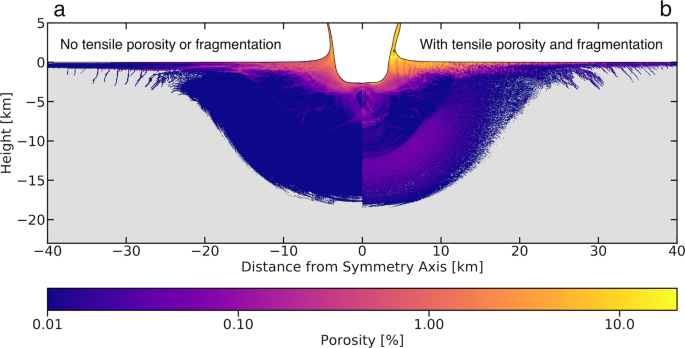気候の変化はパンノキ栽培にほとんど影響を与えないという研究結果 Study finds shifting climate will have little effect on breadfruit cultivation
2022-08-17 ノースウェスタン大学
パンノキは、名前に「果実」と入っているが、デンプン質で種がなく、ジャガイモのような料理用である。ジャックフルーツと近縁で、食物繊維、ビタミン、ミネラルを多く含む栄養価の高い食品です。世界の熱帯地方では、何千年もの間、蒸したり、焼いたり、揚げたり、発酵させたりして食べられてきました。また、保存期間を長くして輸出するために、パンの実を粉にすることもできる。
研究チームはまず、パンノキの栽培に必要な気候条件を特定した。そして、これらの条件が将来(2060年から2080年まで)どのように変化するかを予測した。将来の気候予測では、温室効果ガスの排出量が多いシナリオと、排出量が安定するシナリオの2つを検討した。
どちらのシナリオでも、パンノキの栽培に適した地域はほとんど影響を受けなかった。熱帯・亜熱帯では、パンノキの栽培に適した地域は4.4〜4.5%というわずかな減少にとどまった。特にサハラ以南のアフリカでは、パンノキは伝統的に栽培されていないが、重要かつ安定した食料源となり得る。
パンノキは一度植えれば、他の主食用作物よりもずっと長く暑さや乾燥に耐えることができるそうだ。しかし、そのメリットはそれだけではない。多年生作物であるため、毎年植え替える必要がある作物よりも水や肥料などのエネルギー投入量が少なくて済み、他の樹木と同様に、木の一生を通じて大気中の二酸化炭素を隔離してくれる。
<関連情報>
- https://news.northwestern.edu/stories/2022/08/climate-resilient-breadfruit-might-be-the-food-of-the-future/
- https://journals.plos.org/climate/article?id=10.1371/journal.pclm.0000062
気候変動に強い低緯度地域食料システムへのパンノキ栽培の貢献の可能性 Potential of breadfruit cultivation to contribute to climate-resilient low latitude food systems
Lucy Yang ,Nyree Zerega,Anastasia Montgomery,Daniel E. Horton
PLOS Climate Published: August 17, 2022
DOI:https://doi.org/10.1371/journal.pclm.0000062
Abstract
The number of people in food crisis around the world is increasing, exacerbated by COVID-19, conflict, and climate change. Major crop yields are projected to decrease in low-latitude regions, making tropical and sub-tropical food systems particularly vulnerable. Increased cultivation of breadfruit (Artocarpus altilis), a neglected and underutilized species (NUS), has the potential to enhance climate resilience and overall sustainability of low-latitude agricultural systems. To better understand breadfruit’s cultivation suitability and geographic range in current and future climates, we use breadfruit presence data collected from previous studies and a global citizen science database, and a selection of bioclimactic variables, to build an ensemble of 6 species distribution models that delineate the current climatically viable breadfruit range. We then assess the climatically viable future breadfruit range (2061–2080) under stabilization and high emission scenarios using an ensemble of 8 global circulation model (GCM) projections. The area of suitable breadfruit range within the global tropics and subtropics is projected to decrease ~4.4% in the stabilization scenario and ~4.5% in the high emission scenario. In Southeast Asia and the Pacific Islands, yield quality and consistency show minimal decreases under the high emission scenario, with increases in total suitable area under both. In contrast, in Latin America and the Caribbean, the current suitable breadfruit range is projected to contract ~10.1–11.5% (stabilization-high emission). Present and future model suitability outputs suggest opportunities to successfully expand breadfruit cultivation over the next decades in sub-Saharan Africa, where food insecurity is coincidentally high. However, in all regions, high emission scenario conditions reduce the overall consistency and quality of breadfruit yields compared to the stabilization scenario. Our results have the potential to inform global food security adaptation planning, highlighting breadfruit as an ideal NUS to incorporate in food security adaptation strategies.



